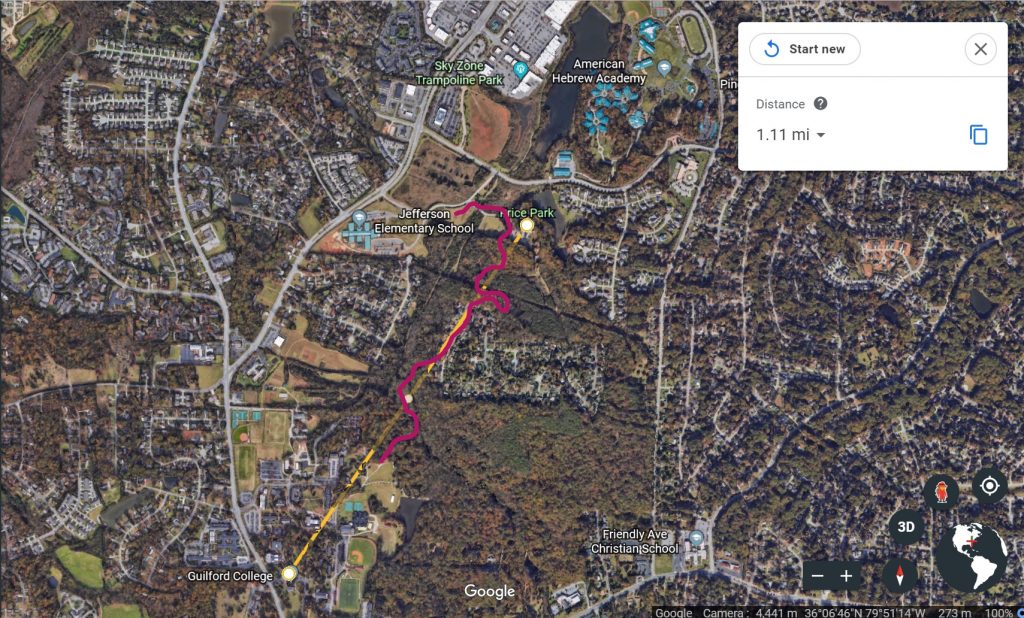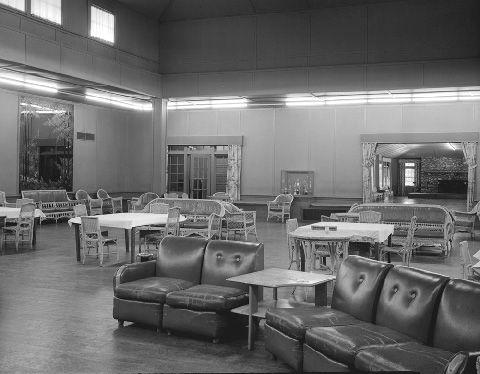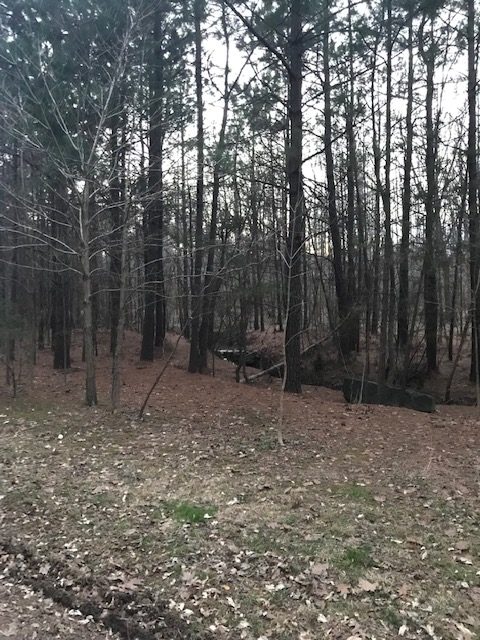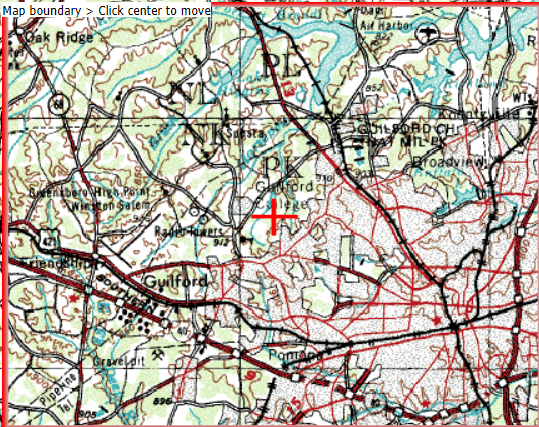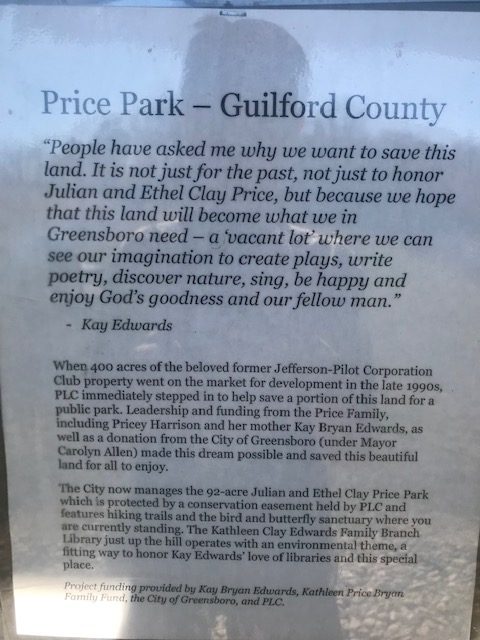
Price Park is a public park, which was founded officially in 1999 by a generous donation to the Piedmont Land Conservancy from philanthropist Kay Edwards. Almost immediately, stream reconstruction was beginning, and things like bird and butterfly meadows were put in to try and fix some of the damage that humans had done to the land over years of disregard.
While all of these efforts to “fix” some of the things that went wrong are certainly better than nothing, I wonder to what extent these restoration attempts are helpful — and, more importantly, for how long.
Price Park is a 98 acre spot where humans and animals are meant to co-exist peacefully, but what about what is around the park? There is no land conservancy stopping people from continuing to develop things like New Garden Shopping Center, the busy bordering roads, or Jefferson Woods, a neighborhood packed full of mansions (lying just behind Price Park, opposite New Garden Road). So, in other words, how long lived will Price Park be, with this seemingly never-ending flow of development? How long will the conservationist efforts and large sums of money have the ability to make a difference, and how long will people actually care? They are daunting questions to ask, but every time I go to Price Park — a public space — and walk to the back, where there is a small human-made lake, and see the towering mansions of Jefferson Woods staring me down, questions like these flood my mind.

I know that Price Park has no control over what goes up around it, but I wish it did. Or even just that people bordering the park would care enough to make active efforts not to deplete the 98 acres of natural habitat next to them. Hopefully I am not wishing something that is unachievable, but at the rate things are going now, I am afraid that I am.
